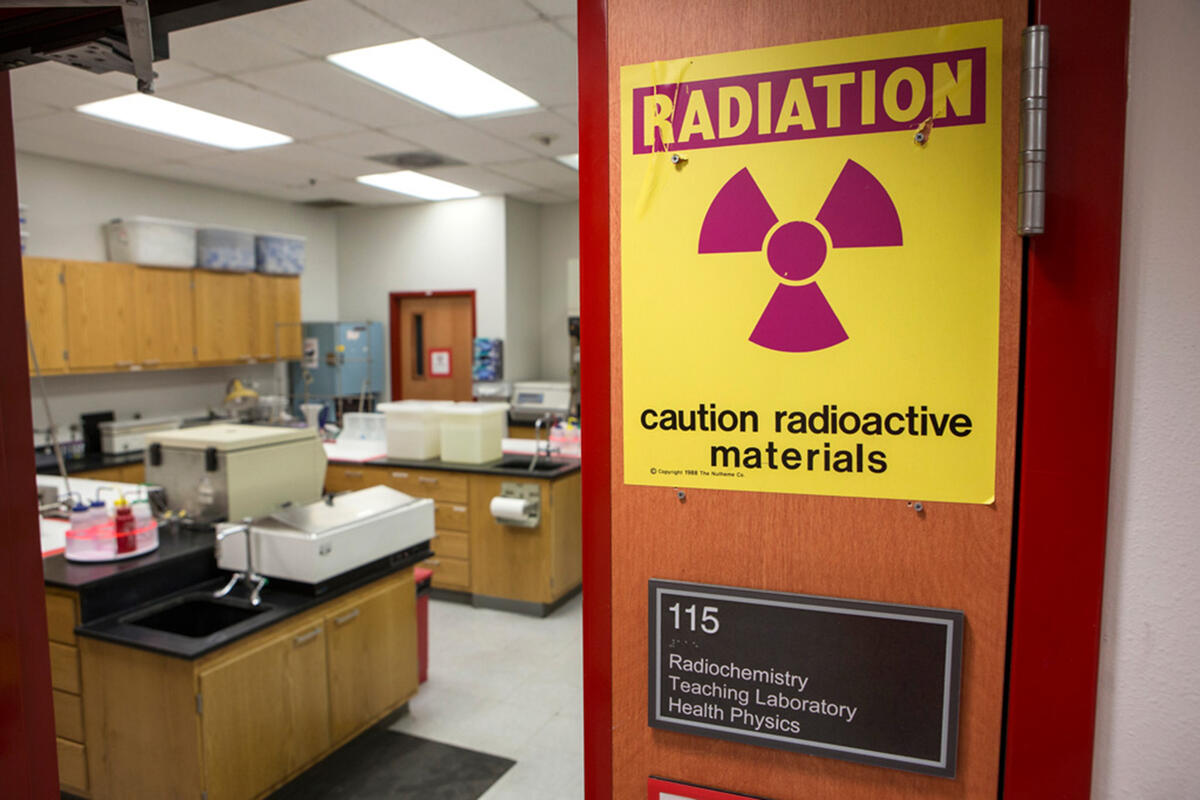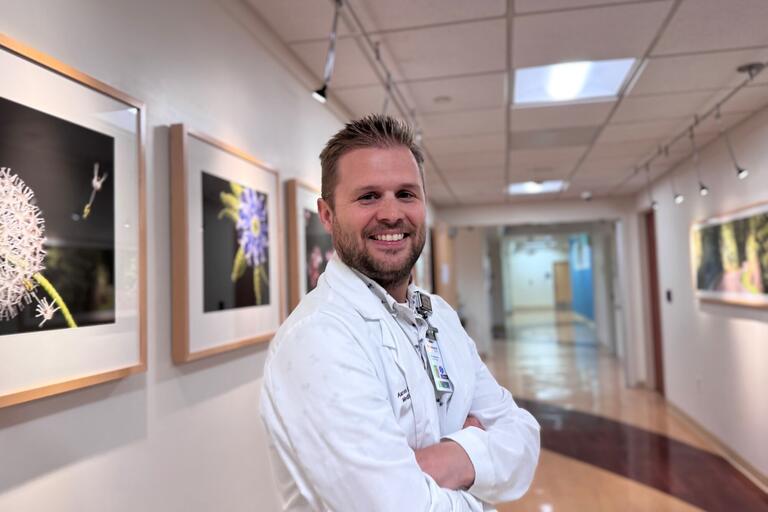
Department of Health Physics and Diagnostic Sciences News
The department of health physics and diagnostic sciences within the School of Integrated Health Sciences provides a high-quality educational experience for undergraduate and graduate students in the areas of health physics; medical physics; comprehensive medical imaging; radiochemistry; and radiography.
Current Health Physics and Diagnostic Sciences News

Aaron Andersen and the Department of Health Physics and Diagnostic Sciences collaborate to address need for medical physicists.

Health Physics and Diagnostic Sciences professor brings expertise and cultural pride to UNLV’s new neuroimaging facility.

The program helps undergrads explore a rapidly growing industry in need of skilled workers.

A collection of the most prominent news stories from last month featuring UNLV staff and students.

Physical therapy and radiography students collaborate to get a crystal-clear vision for better patient care.

The associate dean of research in Integrated Health Sciences leans into his own immigrant story to provide others with opportunities.
Health Physics and Diagnostic Sciences In The News

As humanity continues to explore the vastness of outer space, scientists at the University of Nevada, Las Vegas (UNLV) are delving into how these extraterrestrial journeys might affect astronauts' brain function.

UNLV recently received a $1.5 million grant from the U.S. Department of Energy to study the effects of radiation exposure and the risk of breast cancer in occupational and medical radiation.
A Radiology Partners affiliate has teamed with a local university to bolster its talent pipeline. Desert Radiology Chief Operating Officer Matt Grimes, MBA, earned his degree in radiography administration from the University of Nevada, Las Vegas, in 1996. Twenty years later when he joined the practice, one of his top priorities was reinstituting a collaboration allowing UNLV second-year radiography students to gain experience at DR facilities.
The approach even goes further, with trips to more distant areas.

Seven years after the end of WWII, the US detonated the world's first hydrogen bomb.
The world's first nuclear weapon — the atom bomb — devastated the Japanese cities of Hiroshima and Nagasaki in 1945.
Health Physics and Diagnostic Sciences Experts



